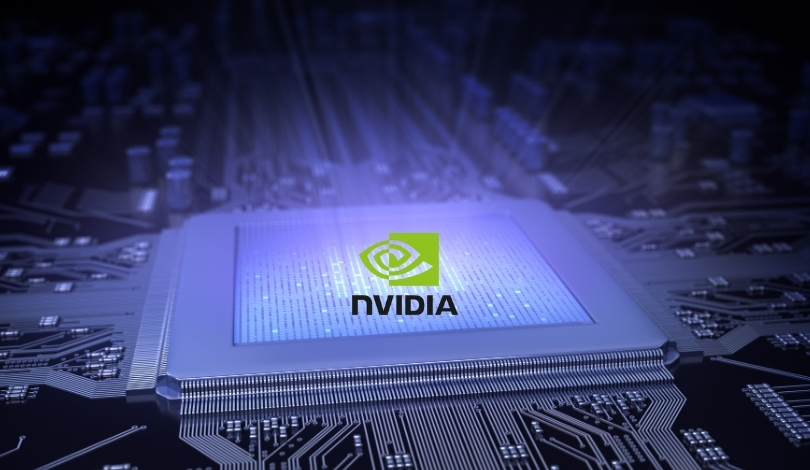Nvidia is shifting its focus towards integrating artificial intelligence with tangible environments through its new initiative, Cosmos. This platform aims to enhance the interaction between AI systems and the physical world, paving the way for advancements in autonomous vehicles and robotics. The move signifies Nvidia’s commitment to expanding beyond virtual simulations, ensuring that AI can effectively navigate and respond to real-world challenges.
Over time, Nvidia has established itself as a leader in AI technology, primarily through its data center solutions and agentic AI developments. The introduction of Cosmos represents a strategic expansion, aligning with the evolving demands of industries that require AI to operate seamlessly in physical settings. This progression builds on Nvidia’s historical strengths while addressing new market opportunities.
What Is Physical AI?
Physical AI refers to artificial intelligence systems designed to interact directly with the physical environment. Unlike agentic AI, which focuses on autonomous decision-making and virtual interactions, physical AI encompasses technologies that can manipulate objects, navigate real-world spaces, and respond to dynamic physical conditions.
How Does Cosmos Enhance AI Training?
Cosmos provides highly realistic virtual environments that simulate various real-world conditions. This allows developers to rigorously test and train AI systems, such as self-driving cars, under diverse scenarios without the risks and costs associated with real-world testing. By offering a robust simulation platform, Cosmos accelerates the development and safety validation of physical AI applications.
Which Companies Are Adopting Cosmos?
Several robotics and autonomous vehicle companies have integrated Cosmos into their development processes. Notable adopters include 1X, Neura Robotics, Waabi, and Wayve. Additionally, Uber is exploring the use of Cosmos for its robotaxi initiatives, indicating broad industry interest and confidence in Nvidia’s platform.
“Just as language foundation models have revolutionized language A.I., Cosmos is a physical A.I. to revolutionize robotics,”
stated Colette Kress, Nvidia’s chief financial officer.
The concept of “world models” is gaining traction in the AI field, with Nvidia being at the forefront alongside other innovators like Fei-Fei Li’s World Labs. These developments collectively aim to imbue AI systems with a deeper understanding of spatial intelligence, enhancing their ability to function autonomously in complex environments.
Nvidia’s emphasis on physical AI, while currently a small fraction of its overall business, is expected to grow significantly. The company projects that robotic cars will become ubiquitous, with Nvidia’s AI factory playing a central role in their continuous improvement. Financially, despite strong revenue growth, Nvidia faces challenges in maintaining gross margins, reflecting the competitive and rapidly evolving nature of the AI industry.
The strategic move towards physical AI positions Nvidia to capitalize on the increasing demand for AI applications that extend beyond digital realms. By investing in realistic simulation platforms and fostering partnerships with key industry players, Nvidia is laying the groundwork for future advancements in autonomous and robotic technologies.










